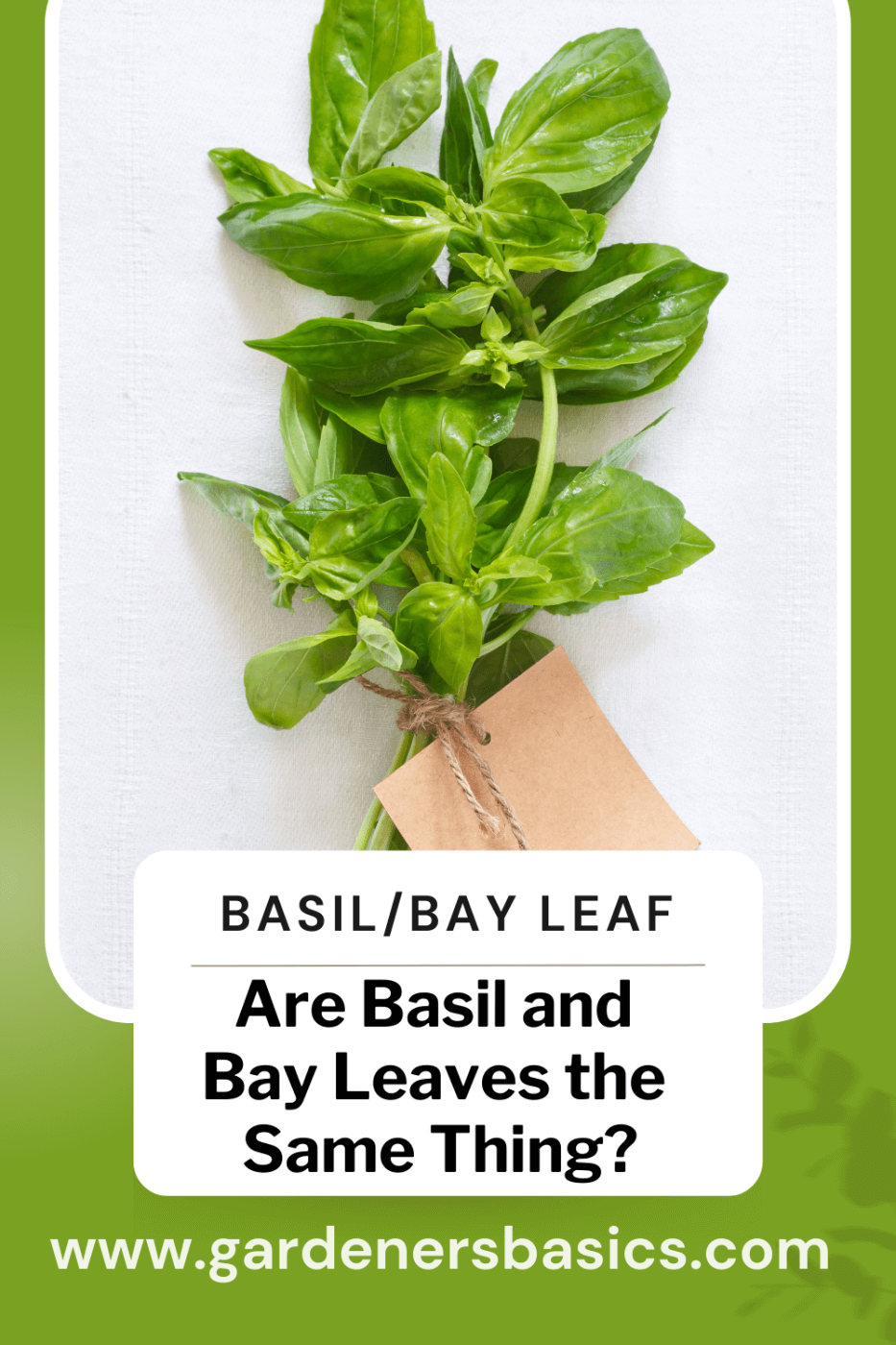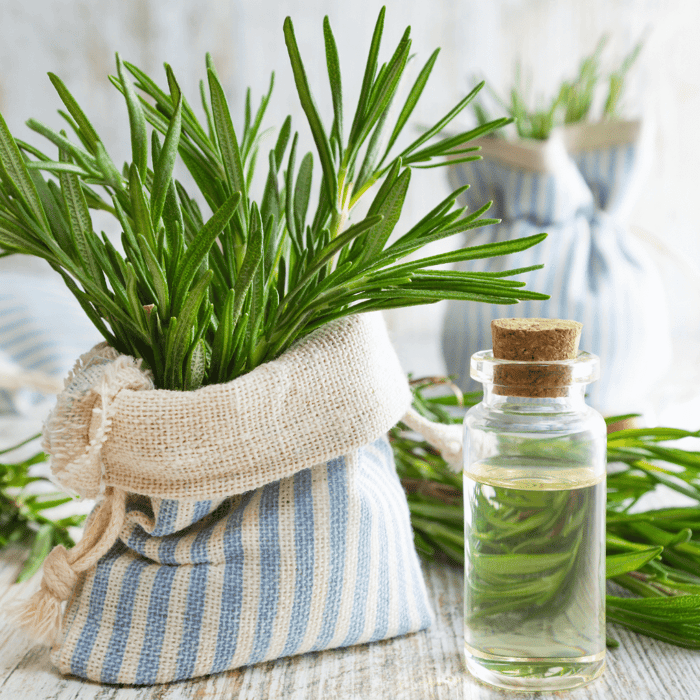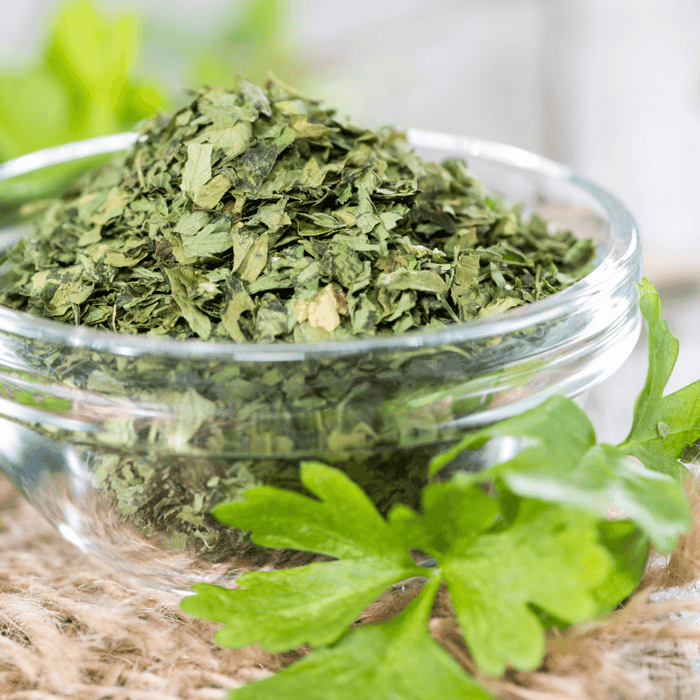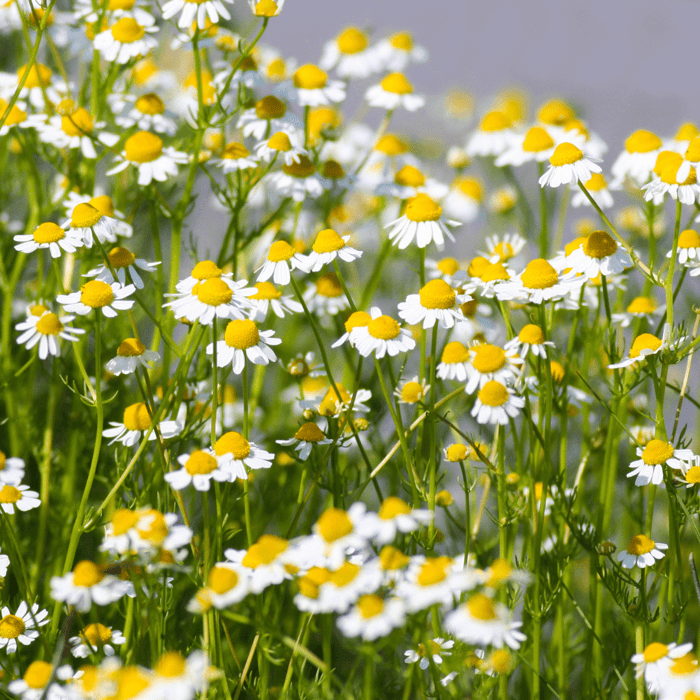As an herb gardener and a woman passionate about growing various plants, I often find myself exploring the world of herbs. One question that I've come across time and time again is, "Are basil and bay leaves the same thing?" This article aims to comprehensively answer this question and delve deep into the differences, similarities, and uses of these two popular aromatic herbs.
Table of Contents
- Introduction to Basil and Bay Leaves
- The Mint Family and Its Members
- Physical Differences Between Basil and Bay Leaves
- Aromatic Properties of Basil and Bay Leaves
- Culinary Uses of Basil and Bay Leaves
- Health Benefits of Basil and Bay Leaves
- How to Store Fresh and Dried Herbs
- Conclusion: Choosing the Right Herb for Your Recipe
Introduction to Basil and Bay Leaves
Basil and bay leaves are both aromatic herbs used in various cuisines worldwide. Basil is an annual herb from the mint family, while bay leaves come from the evergreen bay laurel trees.
When a recipe calls for one of these herbs, it's essential to recognize their distinct characteristics and flavors to ensure your dish turns out as intended. While they may share some similarities, basil and bay leaves, have unique qualities that set them apart.
The Mint Family and Its Members
Both basil and bay leaves are related to the mint family, known as Lamiaceae. This family includes many popular herbs, such as:
Basil, in particular, is a member of the mint family, evident in its mint flavor and aroma. Bay leaves, conversely, come from bay laurel trees, which are not directly related to the mint family but share some common characteristics.
Physical Differences Between Basil and Bay Leaves
Basil and bay leaves have several physical differences that can help distinguish between the two:
- Size: Bay leaves are quite large, ranging from 2 to 4 inches long, while basil leaves are smaller, with variations in size and color depending on the variety.
- Shape: Bay leaves are elongated and oval, while basil leaves are more rounded with a pointed tip.
- Color: Fresh bay leaves are deep green, while fresh basil can range from bright green to purple, depending on the variety.
- Texture: Bay leaves are smooth and leathery, while basil leaves are more delicate and tender.
Aromatic Properties of Basil and Bay Leaves
Both basil and bay leaves are known for their aromatic properties, but they differ in flavor profile:
- Basil: Basil has a minty, slightly sweet, and peppery flavor, a staple in Mediterranean and Italian cuisines.
- Bay Leaves: Bay leaves have a more subtle, earthy, and slightly bitter taste. They are commonly used in Turkish, Indian, and French cuisines.
Culinary Uses of Basil and Bay Leaves
Basil and bay leaves have different culinary uses that showcase their unique flavors and aromas:
- Basil: Fresh basil is often used in tomato-based dishes, pasta sauces, and salads. It pairs well with mozzarella cheese, tomatoes, and olive oil, making it a key ingredient in dishes like Caprese salad and margarita pizza. Dried basil is also used in various recipes but has a milder flavor than fresh basil.
- Bay Leaves: Fresh or dry bay leaves are typically used in soups, stews, and braised dishes to add depth of flavor. They are often combined with other aromatic herbs and spices to create complex flavor profiles. Turkish bay leaves, in particular, are prized for their strong, sweet aroma and are a staple in many Middle Eastern and Mediterranean dishes.
It is important to note that bay leaves should be removed from a dish before serving, as they can be tough to chew and may cause discomfort if ingested.
Health Benefits of Basil and Bay Leaves
Both basil and bay leaves boast several health benefits, making them valuable additions to a balanced diet:
- Basil: Basil contains antioxidants, anti-inflammatory, and antimicrobial properties. It is also a good source of vitamins A, C, and K and minerals such as potassium, manganese, and magnesium.
- Bay Leaves: Bay leaves have been known to aid digestion, promote heart health, and help regulate blood sugar levels. They also contain antioxidants and anti-inflammatory compounds that can contribute to overall well-being.
 How to Store Fresh and Dried Herbs
How to Store Fresh and Dried Herbs
Proper storage is essential to maintain the flavor and quality of fresh and dried herbs:
- Fresh Basil: Fresh basil should be stored in the refrigerator, wrapped in a slightly damp paper towel, and placed in a plastic bag. Alternatively, you can set the stems in a glass of water, cover the leaves with a plastic bag, and store them in the refrigerator.
- Dried Basil: Store dried basil in an airtight container away from heat and light to preserve its flavor and aroma.
- Fresh Bay Leaves: Fresh bay leaves can be stored in the refrigerator in a sealed plastic bag for up to two weeks.
- Dried Bay Leaves: Like dried basil, dried bay leaves should be kept in an airtight container away from heat and light.
Conclusion: Choosing the Right Herb for Your Recipe
In conclusion, basil and bay leaves are not the same things, but they share some similarities as aromatic herbs with distinct flavors and health benefits. When a recipe calls for one of these herbs, it is crucial to understand their unique properties to create the perfect dish.
As a gardener and a cook, I appreciate the versatility and complexity of these two herbs and encourage you to experiment with them in your own kitchen. By understanding the differences between basil and bay leaves, you can enhance your culinary creations and enjoy the delightful flavors and aromas they offer.







